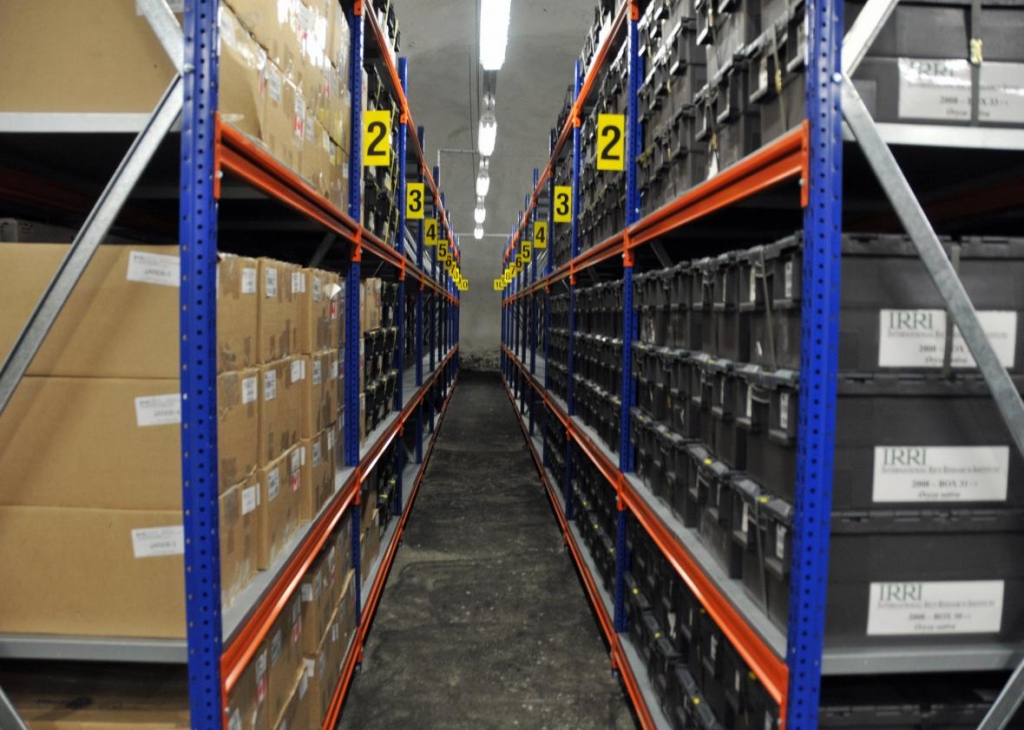-
Tips for becoming a good boxer - November 6, 2020
-
7 expert tips for making your hens night a memorable one - November 6, 2020
-
5 reasons to host your Christmas party on a cruise boat - November 6, 2020
-
What to do when you’re charged with a crime - November 6, 2020
-
Should you get one or multiple dogs? Here’s all you need to know - November 3, 2020
-
A Guide: How to Build Your Very Own Magic Mirror - February 14, 2019
-
Our Top Inspirational Baseball Stars - November 24, 2018
-
Five Tech Tools That Will Help You Turn Your Blog into a Business - November 24, 2018
-
How to Indulge on Vacation without Expanding Your Waist - November 9, 2018
-
5 Strategies for Businesses to Appeal to Today’s Increasingly Mobile-Crazed Customers - November 9, 2018
Unique Syrian Crops Saved by Arctic Bank
Under normal conditions, researchers would request seeds form a similar bank in Aleppo, but that center has been damaged by the war.
Advertisement
At the time, Svalbard’s coordinator Ola Westengen noted, “The current situation for the globally important genebank in Syria precisely illustrates the goal of the seed vault-to be a safety net for valuable seed collections”.
The vault, which opened on the Svalbard archipelago in 2008, is created to protect essential crop seeds – such as bean, rice and wheat – in the event of a cataclysmic disaster like nuclear war or disease. The location of the vault means it’s not easily accessible, the permafrost ensures the seed samples will remain frozen even without power, and its above sea level so it’s not vulnerable to flooding.
The Center for Agricultural Research in the Dry Areas, which was located in Syria’s Aleppo, had long ago moved to Beirut.
The seed bank in Aleppo is still able to maintain its cold storage banks, but its ability to grow and distribute seeds among other nations in the Middle East has been diminished by the conflict.
Now researchers from there have asked for 130 boxes, from the 325 that the centre had dropped off at the vault, according to Reuters.
Some of the world’s first grains and cereals are thought to have been cultivated in the Levant, including Syria’s river valleys, a cradle of civilization now rent asunder by war. In March, the last of those seeds ended up at the Svalbard Global Seed Vault, a 1,000-square-meter facility carved into a mountain on the Norwegian island of Spitsbergen, 800 miles from the North Pole.
Advertisement
The Svalbard Global Seed Vault is the largest of its kind, with 860,000 seed samples from a total of 64 seed banks around the world are stored there, representing approximately 40 percent of the genetic diversity in the world’s seed banks. Those behind the group hold the seeds so that they can be replanted in the case of problems, as well as examining the effect of climate change and other threats. The conflict has killed hundreds of thousands and forced more than 4 million people to become refugees. The Svalbard team told Reuters the samples would be sent as soon as all necessary paperwork was completed.





























